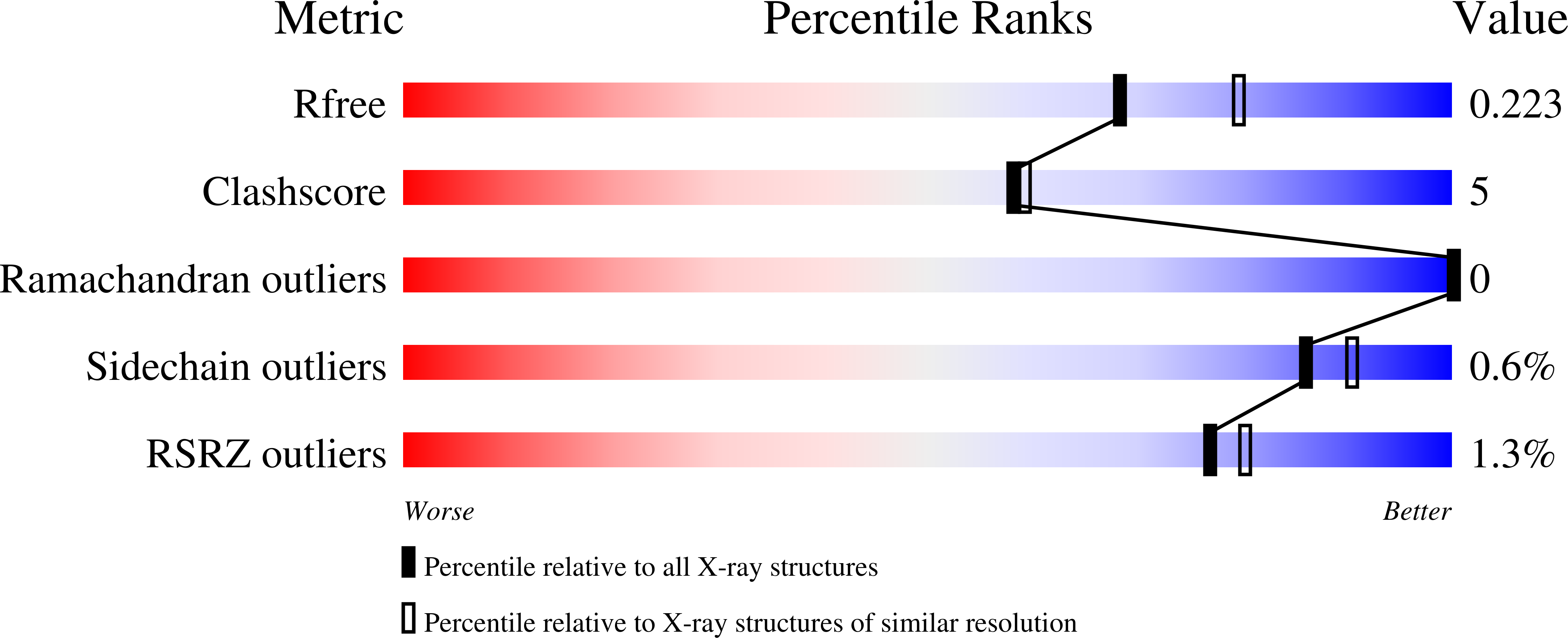
Deposition Date
2014-11-09
Release Date
2016-02-24
Last Version Date
2023-09-27
Entry Detail
PDB ID:
4WVZ
Keywords:
Title:
Crystal structure of artificial crosslinked thiol dioxygenase G95C variant from Pseudomonas aeruginosa
Biological Source:
Source Organism:
Host Organism:
Method Details:
Experimental Method:
Resolution:
2.09 Å
R-Value Free:
0.21
R-Value Work:
0.17
R-Value Observed:
0.17
Space Group:
P 41 21 2


